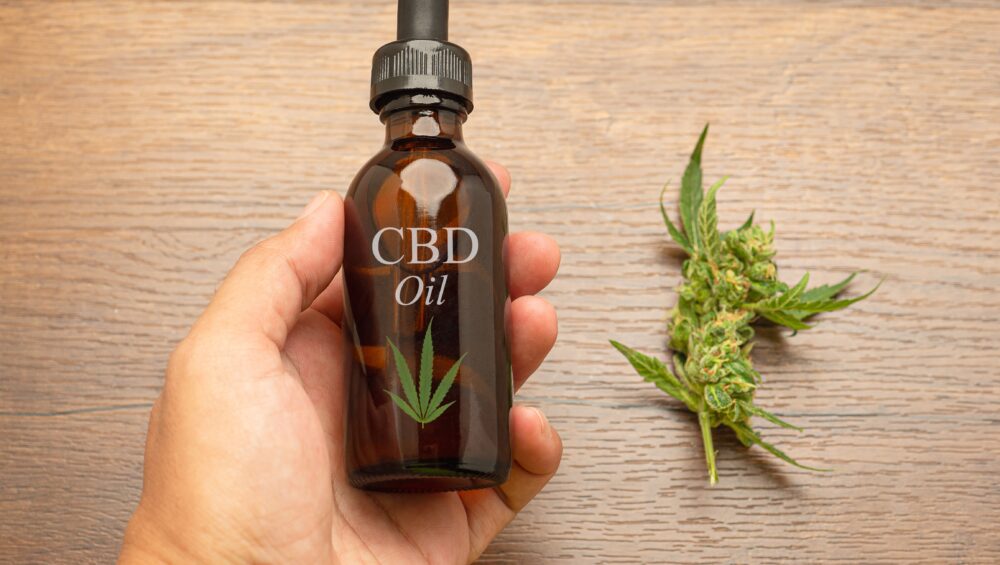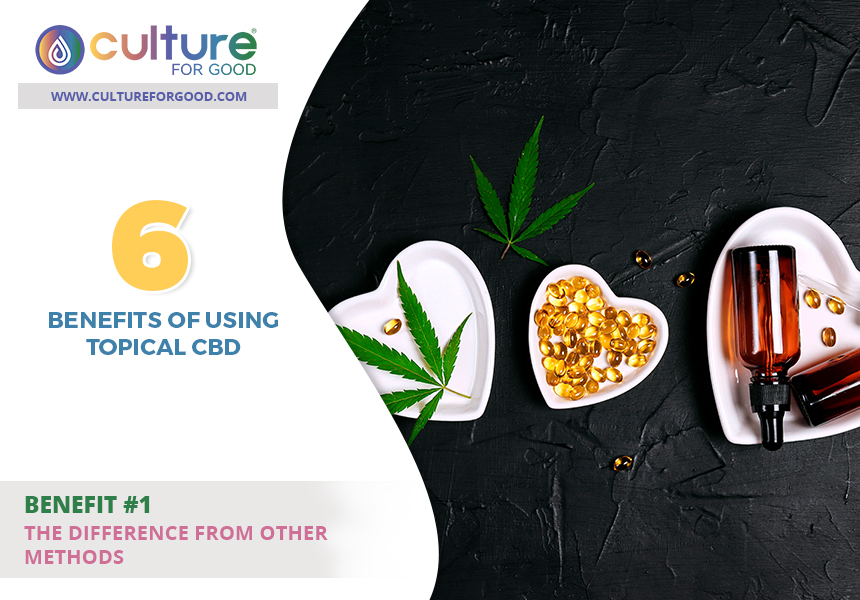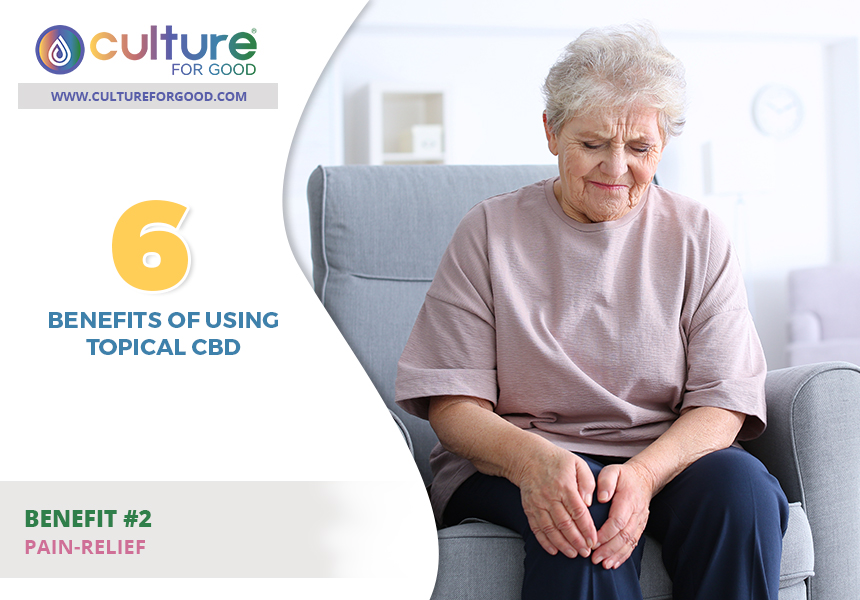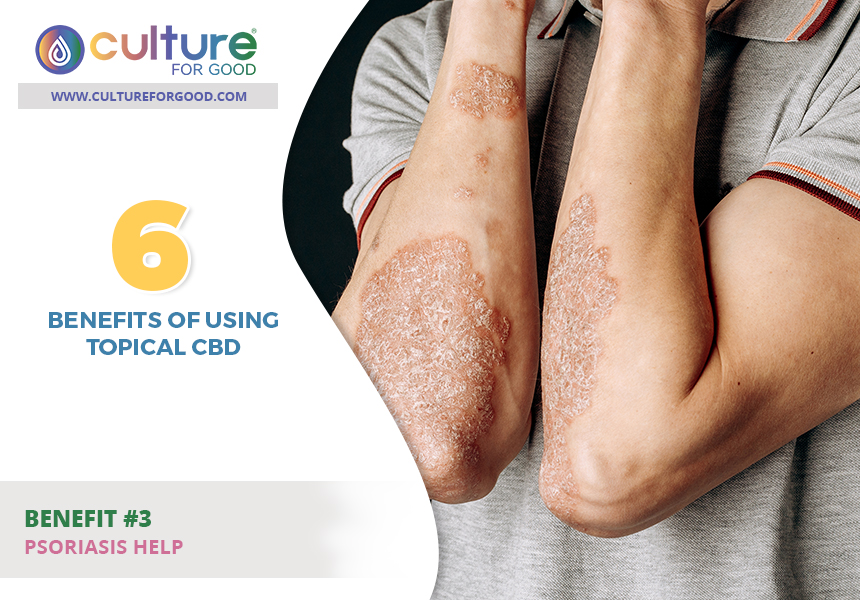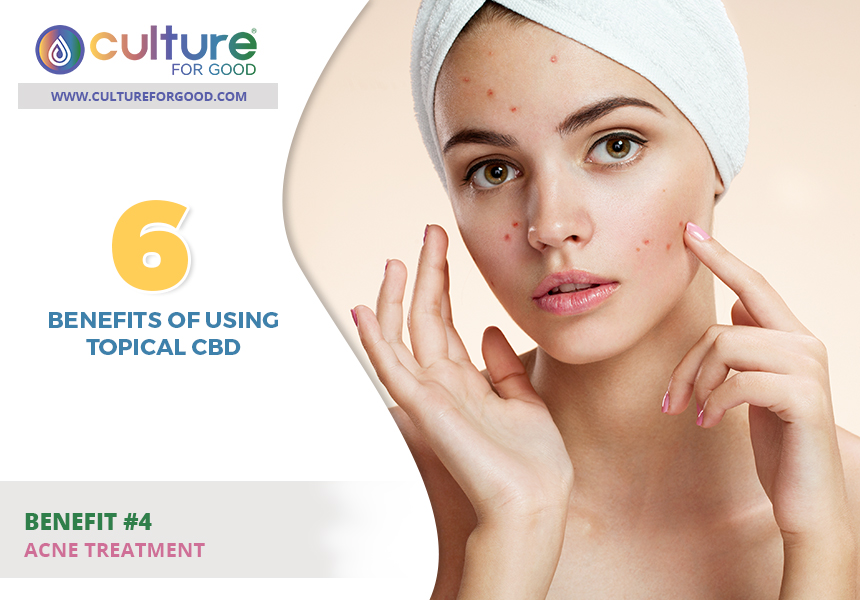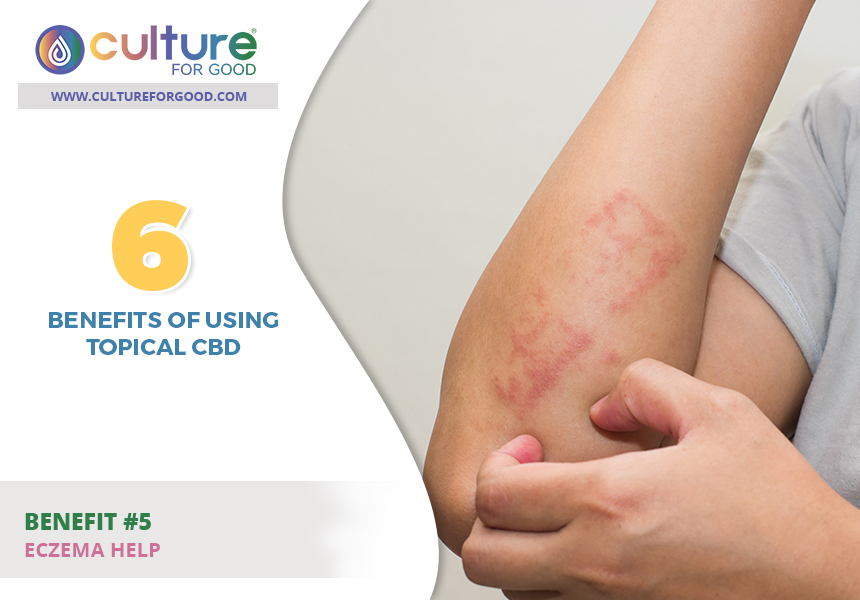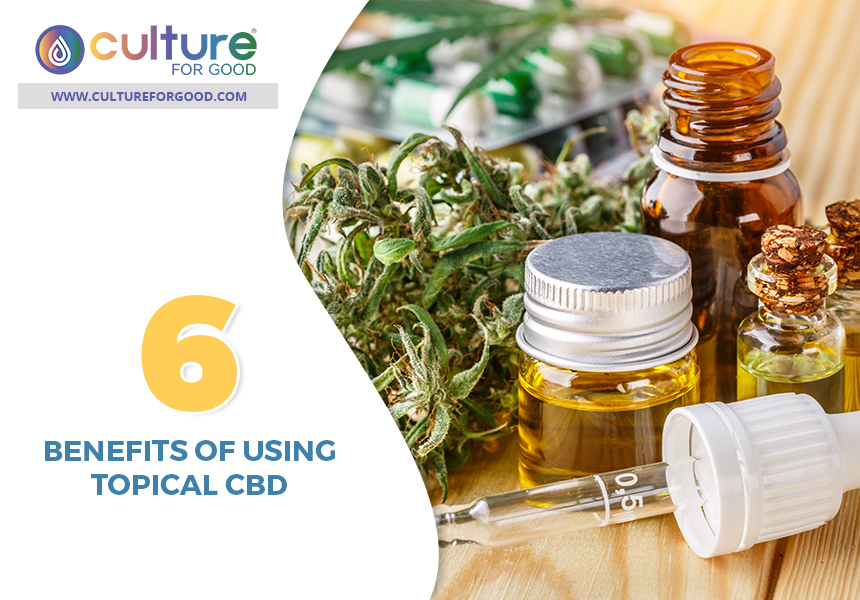4 Ways To Consume CBD
As CBD rises in popularity, more and more people seek to give it a try. Yet, with such a versatile amount of products currently on the market, newcomers may feel a bit intimidated.
Even more so, there isn’t much information out there about the best ways to consume CBD. Do you eat an edible or smoke some hemp flower? Do you take a drop of CBD oil or apply it through topical lotion?
The truth is, this variety is made to offer you a preference when it comes to consumption. We all seek out CBD for different reasons. Similarly, we all are going to have our preferred way of taking it.
This article illustrates the most common ways CBD can be consumed.
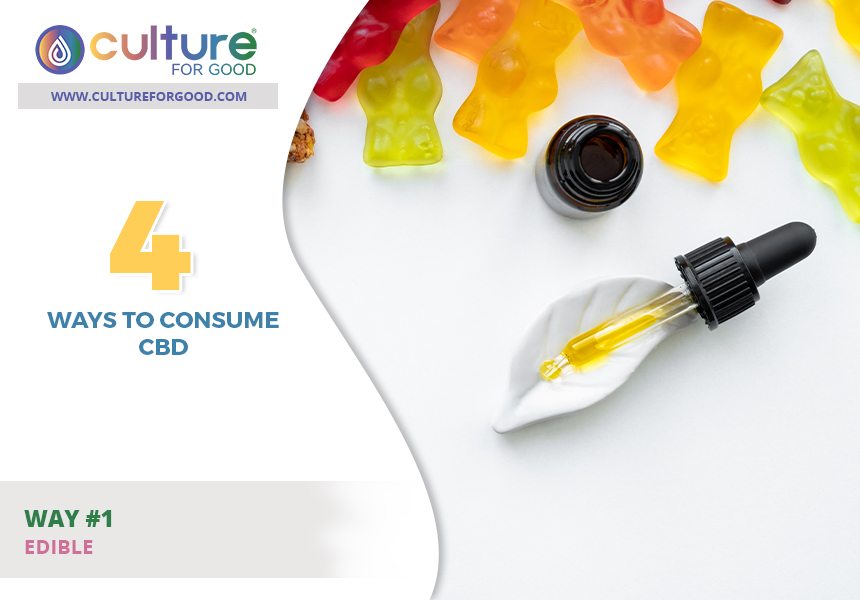
1Edible
Whether it be a pill or a gummy bear, there’s an ever growing supply of different edibles containing CBD products. Most have a dose of around 5 mg to 20 mg, but you may find some with upwards of 100 mg.
By taking CBD orally, you’re mainly impacting the length of its effects. When cannabidiol enters through the digestive system, it takes longer to break down and, therefore, has a longer lasting effect. In respect to this, it may take a while for the CBD effects to kick in after consumption.
Edibles are without a doubt the healthiest method and hold the most versatile amount of products currently on the market.
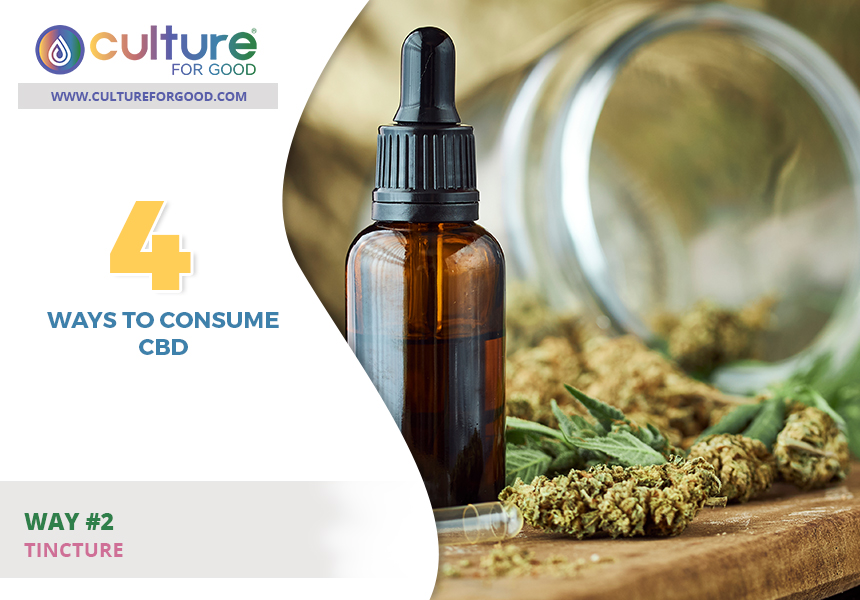
2Tincture
If you want to have full control over the dosage of CBD you intake, you’re going to want to look for a tincture. These are alcohol, oil, or vegetable-glycerine based cannabidiol extracts. They usually come in a small bottle with an eye-dropper.
Besides being able to properly control the dosage amount, one of the biggest benefits to tinctures is their discreetness.
The bottle is small enough to fit snuggly in a pocket and produces very minor odor. If you’re trying to hide you CBD use from those around you, a quick bathroom trip is all you’ll need.
Of course, it’s in your best interest to educate people rather than hide this natural medication. However, we understand public perception is still highly affected by prohibition and many out there are looking for cannabidiol for self-medication purposes (such as treating anxiety or depression).
For these reasons, we bring up the tinctures discreetness.

3Topical
If you’re suffering from pain or inflammation in a specific area of your body, a topical is the best option for help. Due to the cannabinoid receptors found in the skin, you’re given the ability to target where you want the CBD to go through a topical application. Furthermore, they only take about a half-hour to kick in.
There are a few different types of topicals, including:
- Gels
- Lotions
- Oils
Topical CBD is most recommended for those struggling with arthritis and chronic pain.
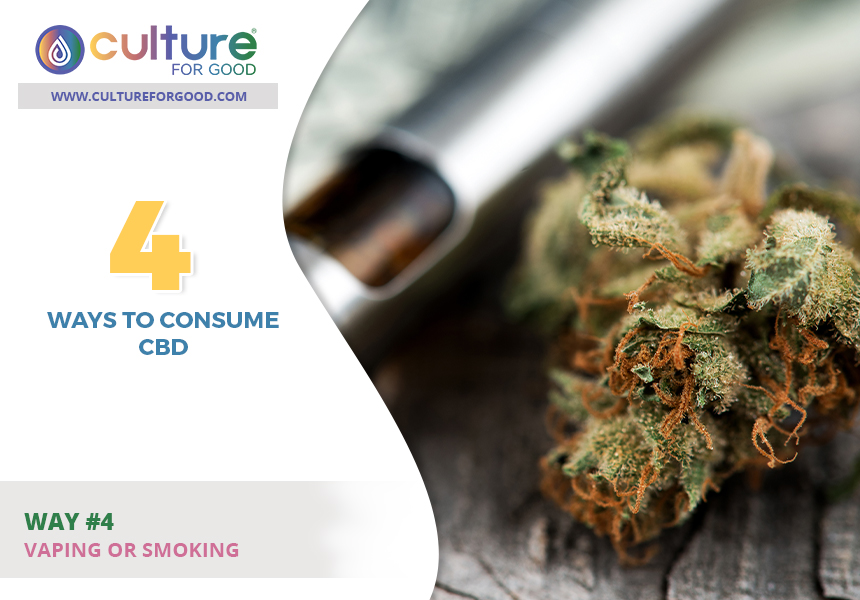
4Vaping or Smoking
If you want to feel the effects of cannabidiol immediately upon consumption, inhaling it is the fastest method. When you inhale CBD, it almost instantly gets into your bloodstream through your lungs, causing direct effects. The only downside to this is the effects won’t last as long as other consumption methods.
You can inhale CBD through the following methods:
- CBD concentrates
- CBD vape juice
- Dried CBD flower
It should be noted, this isn’t the safest way to consume CBD. If you decide to smoke it, there are some risks to take into consideration. And since scientists aren’t entirely sure of the long term effects of vaping, there may be potential hazards we aren’t aware of yet.
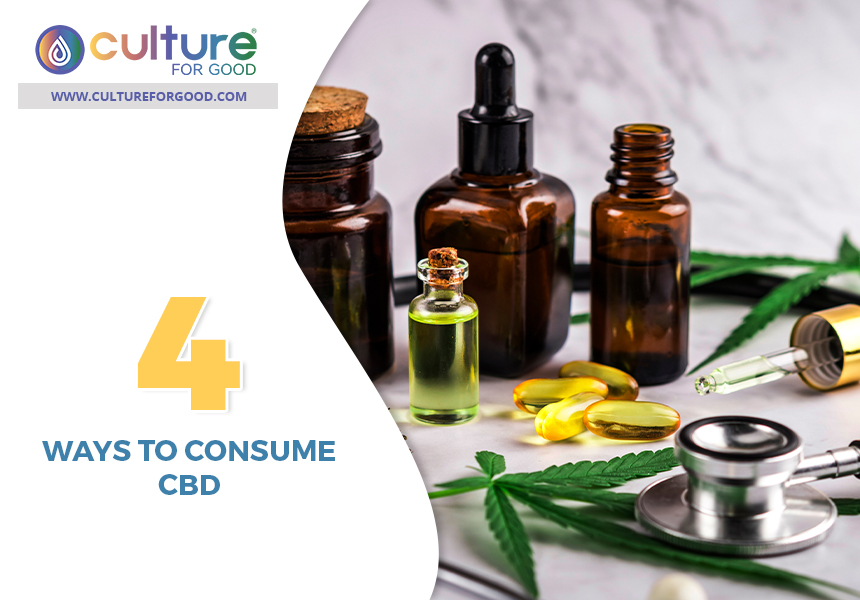
Choose What’s Right for You
The purpose of this guide was to give you a sense of the different methods for consuming CBD.
Just by reading, you may have already come to a conclusion as to which method is right for you. However, this isn’t the case for everyone and you may need to experiment to figure out YOUR best method.
As you continue to learn about CBD and the ways to consume it, it’s important to do research. Particularly, when it comes to products and their reputation. Unfortunately, since much of the market is unregulated, there are some places you won’t want to spend your money.
That’s why Culture For Good promises each of its customers some of the purest CBD products currently available. We invite you to check out our products page to receive more information on our cannabidiol.

